1. High Productivity
When it comes to working on busy, confined jobsites, many equipment owners need smaller wheel loaders with good lifting capacities, fast cycle times and a short turning radius. Wheel loaders in the 70 to 150 horsepower size class are ideal for construction markets year-round.
An important consideration is choosing a bucket. When selecting a bucket, smaller wheel loaders should be paired with the right size to move material. Time is always a premium, so the faster operators can load and dump material, the better their productivity. In addition, the faster the machine can travel, the quicker its cycle times can be.
Traction, tread wear and distance. are important factors on any jobsite. Owners commonly equip smaller wheel loaders with bias tires, rather than radial tires, because they have thicker sidewalls, giving the machine a stable and smooth ride. The bias tires perform well because they are more repairable and the distances travelled are typically shorter. For more info on selecting the right tires for your wheel loader applications: ‘How To Select The Right Tires for Wheel Loader Applications’ post.
2. High Versatility
Small wheel loaders are valuable fleet assets for many reasons, but perhaps the most prominent reason is their ability to be fitted with loader-specific attachments. There are numerous types of attachments from buckets for virtually every application, forks, grapples, blades, sweepers, clamps and blowers. All of which can easily be interchanged with the use of quick couplers. Additionally, some coupler systems have been designed to eliminate greasing; requiring less maintenance and fewer replacement parts.
3. Hydrostatic Transmission
Instead of using a traditional transmission, some manufacturers now offer a hydrostatic transmission for the smaller wheel loader class, which provides excellent means of power when variable output speed is required. This type of transmission allows operators to fine-tune the travel speed and to obtain full engine rpm to run hydraulically powered attachments at optimal efficiency.
A hydrostatic transmission consists of an entire hydraulic system. It contains a pump, two hydraulic motors and a gearbox. Power is generated and transmitted by fluid flowing through a specialized system. This type of wheel loader is equipped with a constant velocity (mechanical) gearbox that is connected to two hydraulic motors—a low-speed and a high-speed motor. A variable displacement pump attaches directly to the engine and provides the hydraulic flow to accelerate or decelerate the machine.
If more torque is needed, both the low- and high-speed motors will receive flow. This provides low-speed, high-torque output from the motors. When the demand for higher torque decreases and speed increases, the system automatically transfers the flow to the higher-speed motor. This provides higher speed output with lower torque for improved machine performance.
Hydrostatic wheel loaders have several benefits, including improved fuel efficiency because of improved performance at lower engine rpms; enhanced machine position control to increase productivity, especially when climbing a pile to fill the wheel loader’s bucket; and low heat development in the digging range. In addition, they have fewer moving parts compared to torque converter transmission-style wheel loaders, which makes servicing the machine easier.
4. Easy To Maintain
Convenient service checkpoints, quality components and extended service intervals can help keep maintenance costs low and daily production schedules moving for smaller wheel loaders. To improve machine uptime and reduce unexpected machine issues down the road, operators should follow daily, monthly and hourly maintenance schedules, based on the manufacturer’s recommended guidelines outlined in the operation and maintenance manuals. Operators should always complete a daily walk-around, checking for obvious machine damage or wear. Inspecting fluids, oils, filters and tire pressure is also critical.
5. The Price Is Right
No matter how big the job, these smaller wheel loaders bring home the bacon. Smaller wheel loaders tend to be well-priced given the advantages they bring to the table. From large construction projects to the smaller project; these machines will continue working hard day in and day out.
Summary
Smaller wheel loaders have a variety of advantages, especially when working in construction and infrastructure applications where a larger wheel loader may be too big for the space available. By looking at overall performance, versatility, serviceability and safety features and price, smaller wheel loaders have much to offer.
Take a look at our G-Series Wheel Loaders:





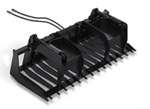

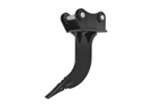
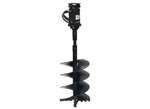

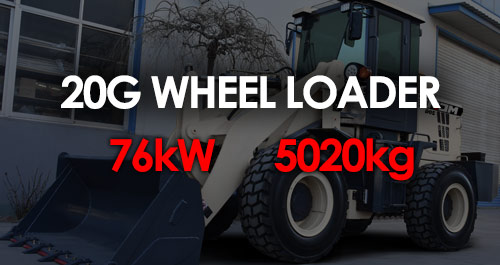
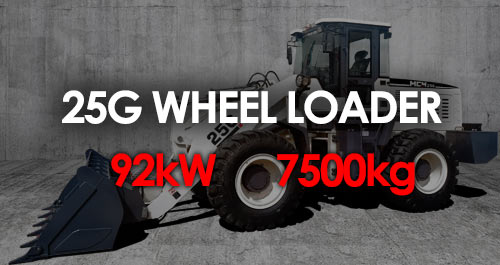

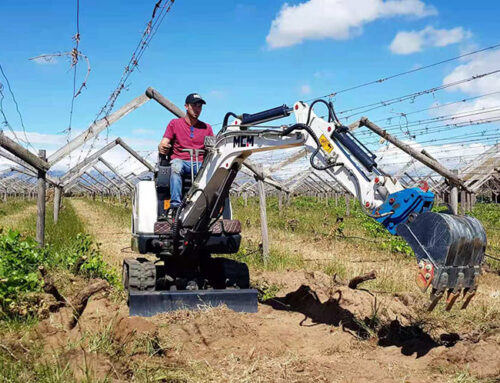
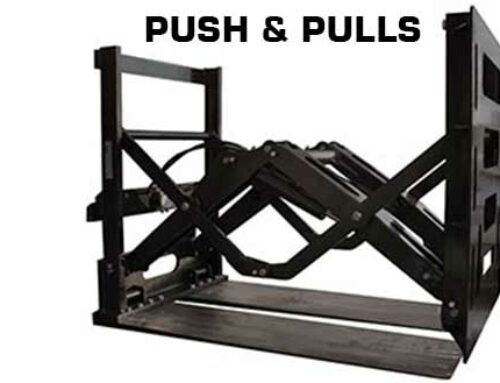
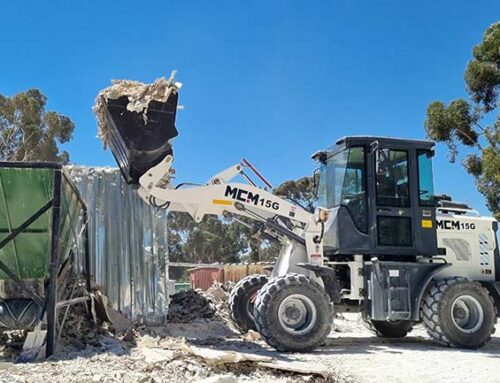
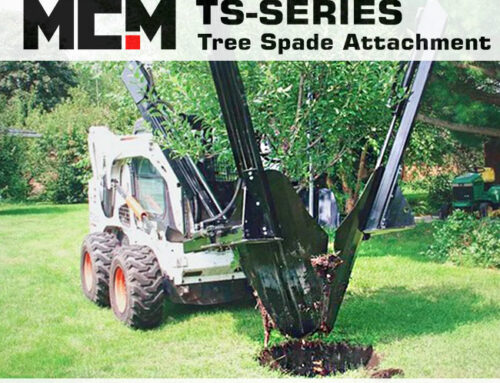
Leave A Comment